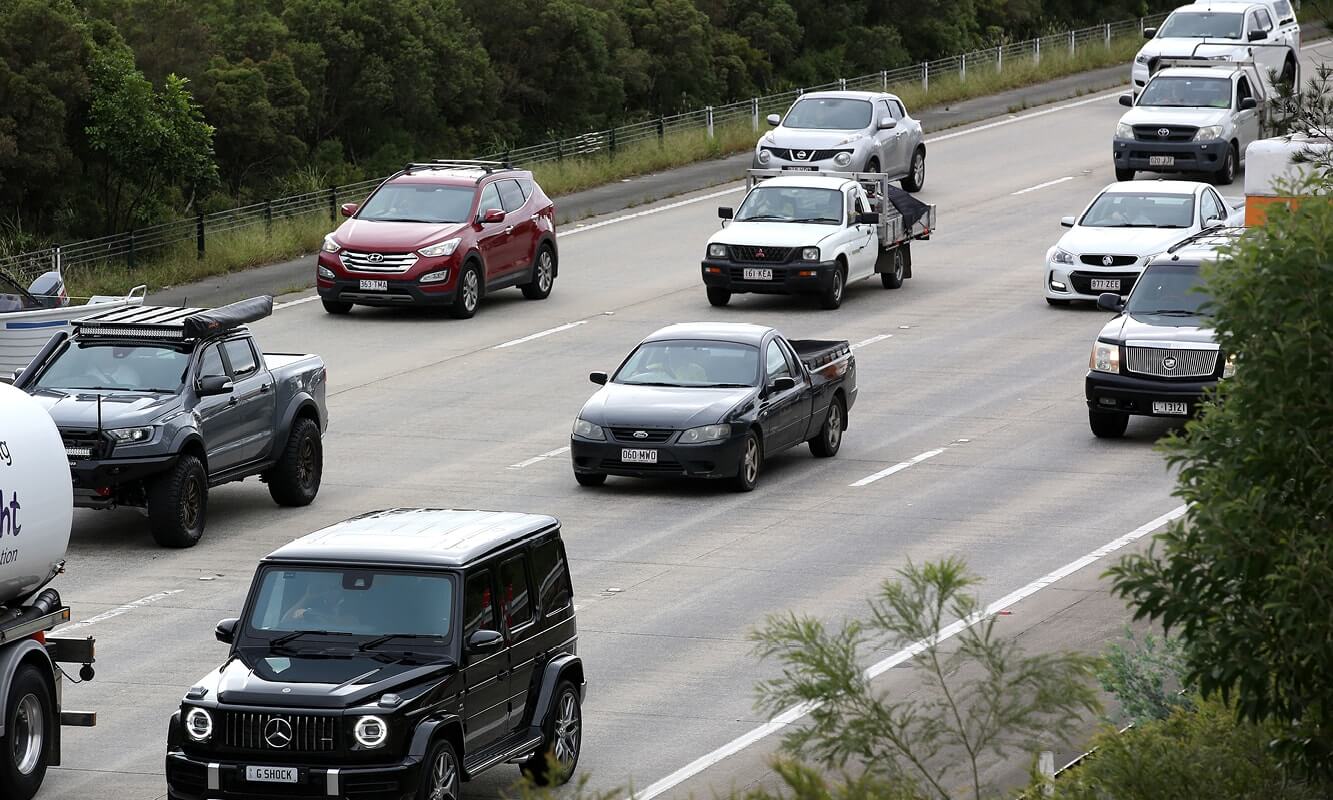This content has been archived. It may no longer be relevant
The UQ/Caxton Human Rights Case Law Project was established in April 2020.
Our aim was to keep a watching brief on human rights cases in Queensland. We decided to establish a database of case notes, with the goal of including every case that mentioned the Human Rights Act 2019 (Qld).
Our team started with three volunteer undergraduate LLB students from the University of Queensland, supervised by the authors. At first, only a few cases mentioned the Human Rights Act 2019 (Qld) and most often, the Act was only mentioned in passing.
However, as the months progressed, the number of cases mentioning the Act substantially increased, and the extent to which commissioners, tribunal members and judicial officers engaged with the Act, and applied it in decision making, also increased.
We now have a team of 13 student volunteers, and in October 2021, we entered the 100th case in our database.
In this article, we will provide a snapshot of our research findings in respect of those first 100 cases.
Our methodology
Our volunteers meet each week to search for cases that mention the Human Rights Act 2019 (Qld). We search all of the case law databases (including Austlii and the Queensland Courts database) to ensure that every relevant case is identified.
The volunteers read the cases and summarise them, focusing primarily on the human rights analysis and discussion. Once the case notes are drafted, they are edited by more senior team members, and then checked and finalised by the project supervisors. All of our case notes are published online.
We also enter key information on each case into a spreadsheet, for example:
- any demographic information that is available
- whether the complainant had legal representation
- which sections of the Human Rights Act 2019 (Qld) were mentioned in the judgement/reasons, including which rights were considered
- which forum the matter was heard in, and
- matter type.
We choose the matter type that best reflects the issues under consideration, in broad terms. To ensure consistency, we have a list of 12 pre-determined matter type categories.
They are: children and families; civil procedure; commercial; criminal law and corrective services; discrimination; education, training and employment; health, mental health and guardianship; planning and environment; political freedoms; privacy and confidentiality; public law considerations; and tenancy and social housing. Whilst some cases involve more than one legal issue, we select the matter type that reflects the predominant issue under determination.
Our findings
The first 100 reasons/judgements that mentioned the Human Rights Act 2019 (Qld) were handed down between October 2019 and April 2021.
Demographic information was not available in all cases, but we found that more men than women complained about human rights breaches; most complainants were over 40 years of age, and only three complainants identified as Aboriginal and/or Torres Strait Islander. In exactly 50% of cases, the complainant was self-represented.
Table 1: Demographic information (where available)
| Gender | Male: 54/93 (58%) | Female: 39/93 (42%) |
| Age | Under 40 years: 11/31 (35%) | 40-89 years: 19/31 (61%) |
| Indigenous or CALD | Indigenous: n=3 | CALD: n=9 |
Most matters (64%) were heard in the Queensland Civil and Administrative Tribunal (QCAT). Twelve were heard in the Supreme Court of Queensland or the Queensland Court of Appeal, and 11 were heard by the Queensland Industrial Relations Commission. Seven were heard in the District Court and the remainder were heard in the Magistrates Court and specialist courts such as the Land Court and the Planning and Environment Court.
One matter was heard in the Supreme Court of New South Wales (where, unsurprisingly, it was found that the Human Rights Act 2019 (Qld) did not apply).
In 44 of the 100 cases we analysed, the Human Rights Act 2019 (Qld) was mentioned only in passing by the court. The Act was deemed not to be relevant in 24 matters and in 12 matters, it was mentioned only in submissions by the parties and was not discussed in the reasons/judgement.
In 44 cases, there was some discussion or analysis pertaining to the Human Rights Act 2019 (Qld). Section 48 of the Act (the interpretive provision) was mentioned in 25 of the 100 cases and section 8 (the meaning of compatible with human rights) was mentioned in 11 cases.
Section 13 (the limitations provision) was mentioned in 35 cases, which means that in a substantial proportion of cases, the commissioner, tribunal member or judicial officer recognised the requirement to engage in a proportionality analysis to determine whether any limitation on human rights was reasonably justified or not. Section 58 (the conduct of public entities provision) was mentioned in 23 cases, and the objects provision (section 3) was mentioned in six cases.
The most common matter type by a substantial margin was ‘education, training and employment’ (42%). The next most common matter types were ‘criminal law and corrective services’ (15%) and ‘health, mental health and guardianship’ (15%). Cases concerning children and families comprised 8% of matters, and 6% of the cases were discrimination matters.
Table 2: Matter type
| Education, training and employment | 42% |
| Criminal law and corrective services | 15% |
| Health, mental health and guardianship | 15% |
| Children and families | 8% |
| Discrimination | 6% |
| Tenancy and social housing | 3% |
| Political freedoms (eg. protest) | 2% |
| Privacy and confidentiality | 2% |
| Planning and environment | 2% |
| Public law considerations (eg. procedural fairness) | 2% |
| Commercial | 2% |
| Civil procedure | 1% |
An unexpected finding of our research was that matters concerning blue cards were very common – fully 25% of the cases in our database are reviews of decisions to issue a negative blue card notice. In blue card reviews, QCAT is a public entity performing an administrative function for the purposes of the Human Rights Act 2019 (Qld). The blue card decisions generally mention section 13, and the rights of children to protection, but there is limited depth to this analysis.
The most common rights that were mentioned in these first 100 cases were: protection of families and children (section 26); privacy and reputation (section 25); fair hearing (section 31) and recognition and equality before the law (section 15).
Table 3: Percentage of cases in which each right was mentioned (most common rights only)
| Protection of families and children (s26) | 20% |
| Privacy and reputation (s25) | 18% |
| Fair hearing (s31) | 18% |
| Recognition of equality before the law | 12% |
| Freedom of movement (s19) | 8% |
| Property rights (s24) | 7% |
| Freedom of expression (s21) | 6% |
| Protection from torture and cruel, inhuman or degrading treatment (s17) | 3% |
Next steps
Annual reports of our findings are available on our website. We intend to publish a more detailed description of our results in due course. We sincerely thank our dedicated team of volunteers, without whom this research would not be possible. We also thank the Queensland Human Rights Commission for its support.
This article appears courtesy of the Queensland Law Society Human Rights and Public Law Committee. Tamara Walsh is Professor of Law at the University of Queensland. Bridget Burton is the Director of the Human Rights and Civil Law Practice at Caxton Legal Centre Inc. Tamara and Bridget acknowledge the wonderful work of our large team of student volunteers, particularly Elizabeth Aisi, Tulli Seton and Linden Peacock (our inaugural team members) and Laura Rowswell and Rory Brown (our current team leaders).















Share this article